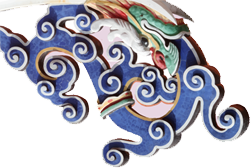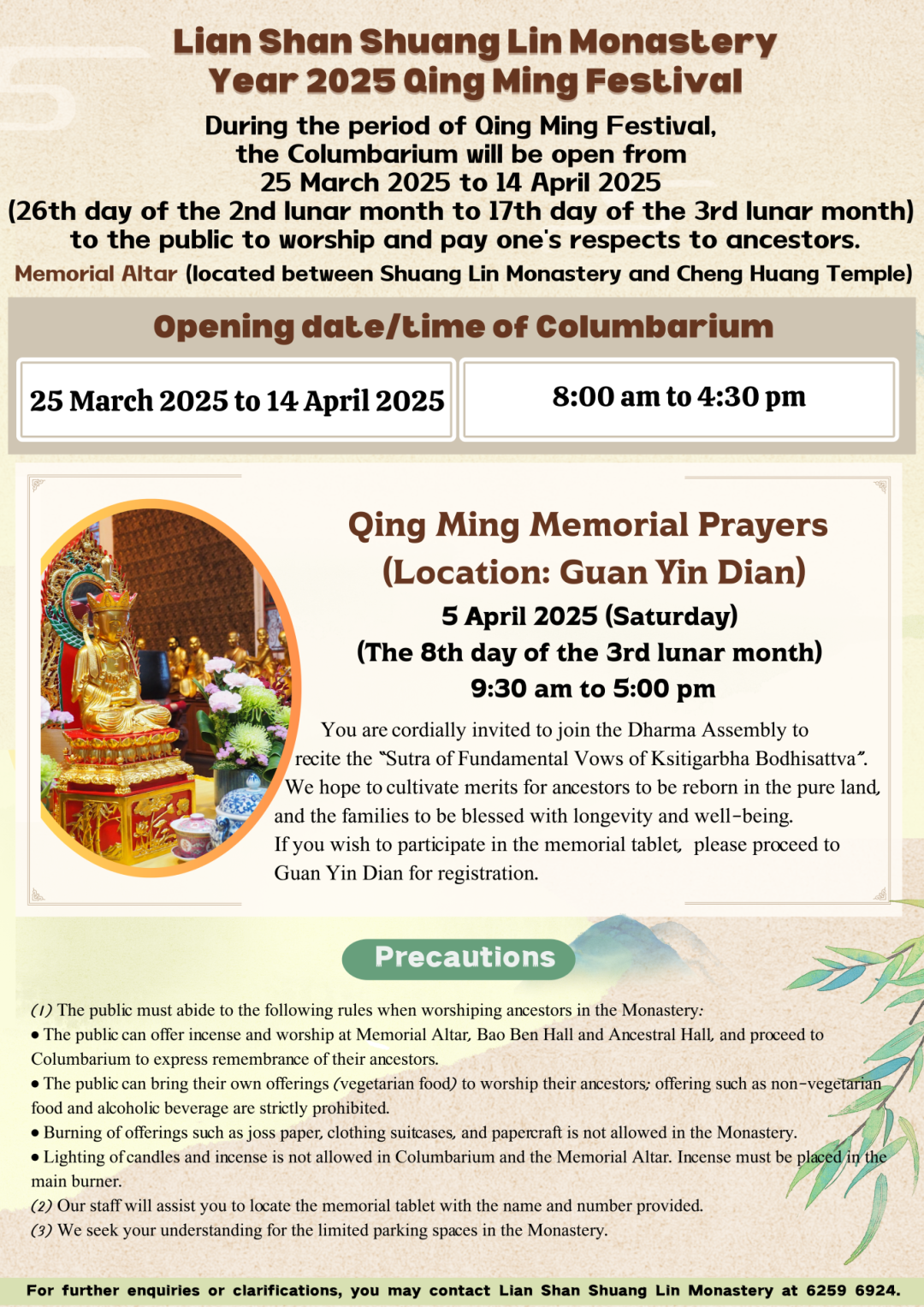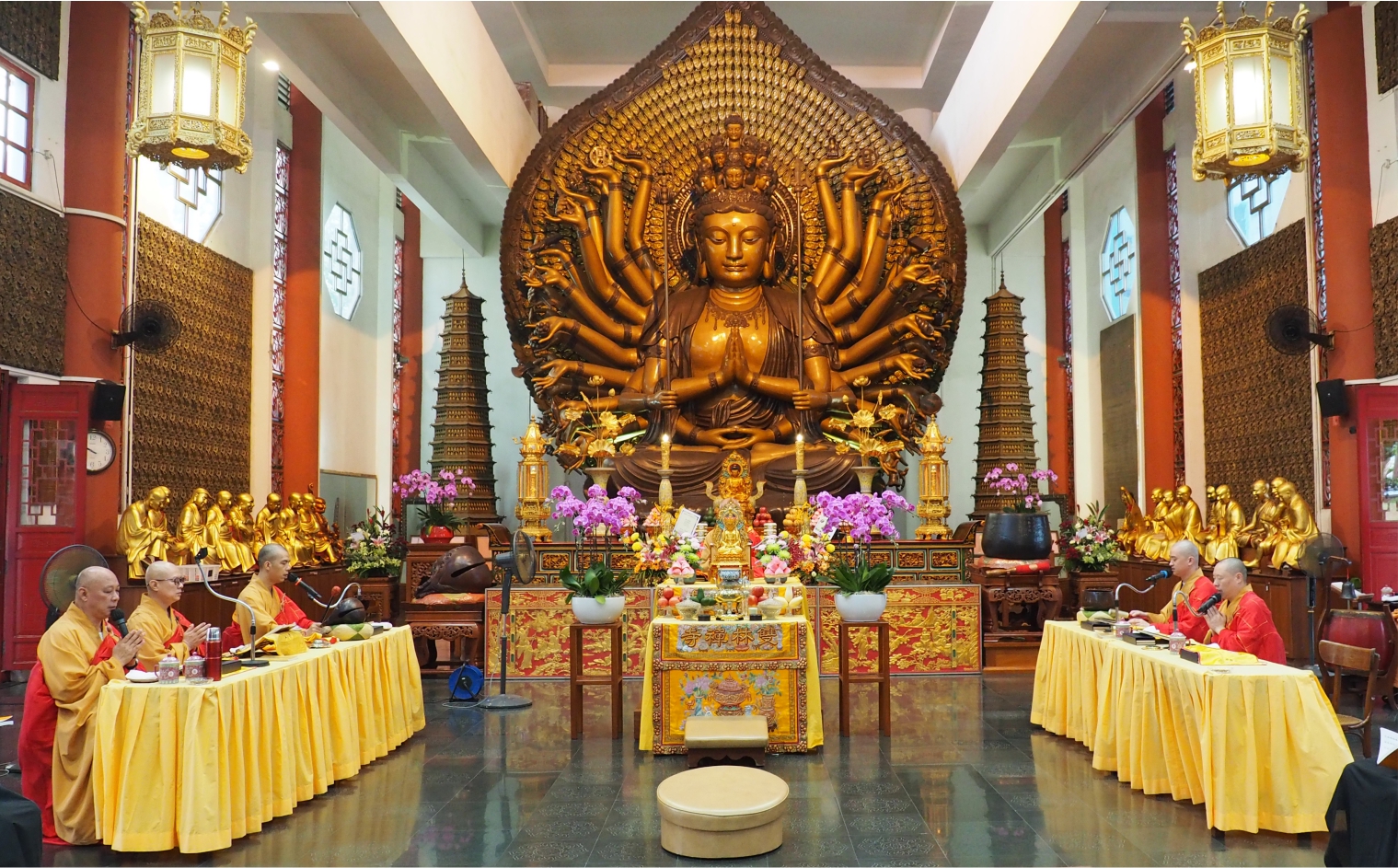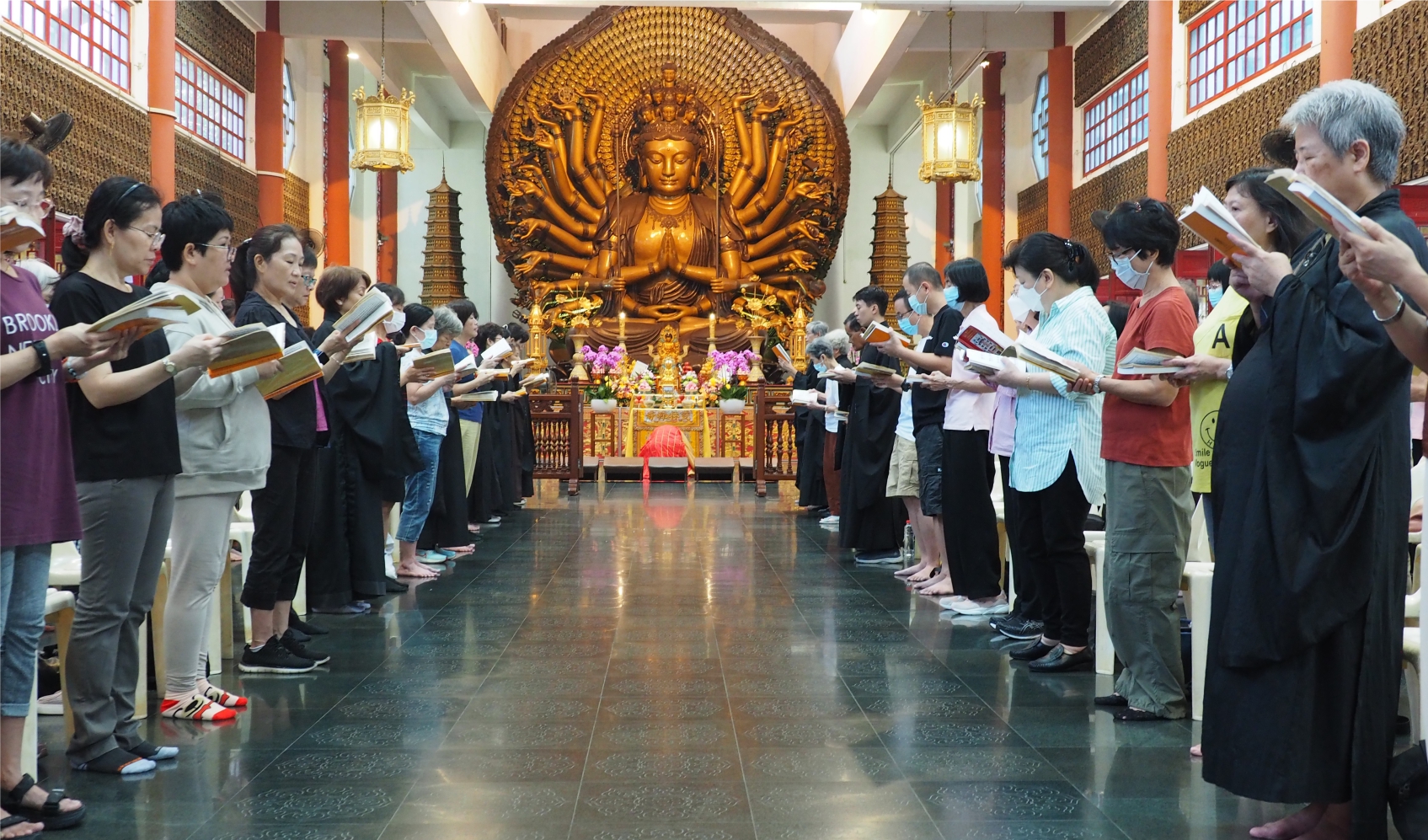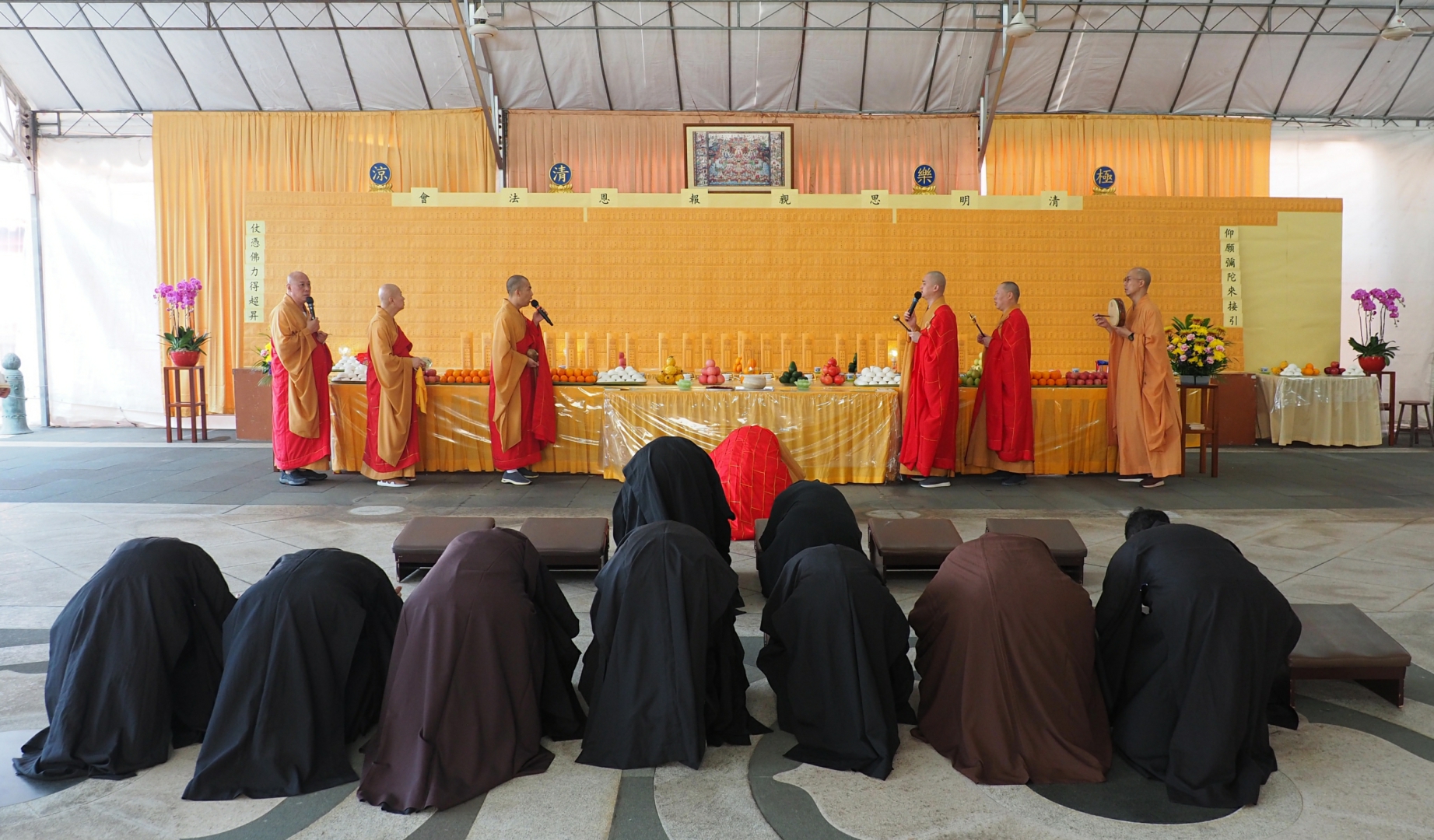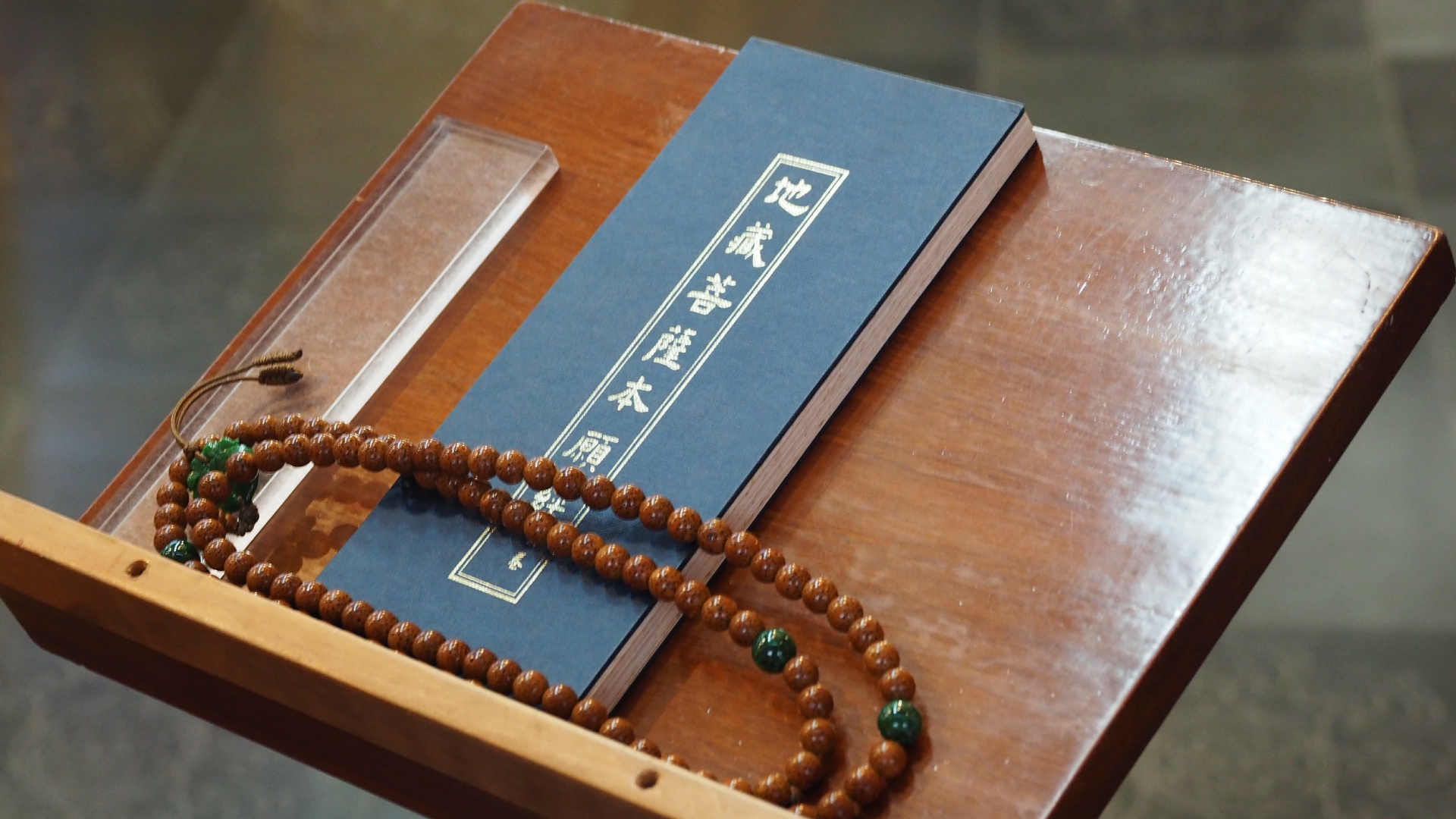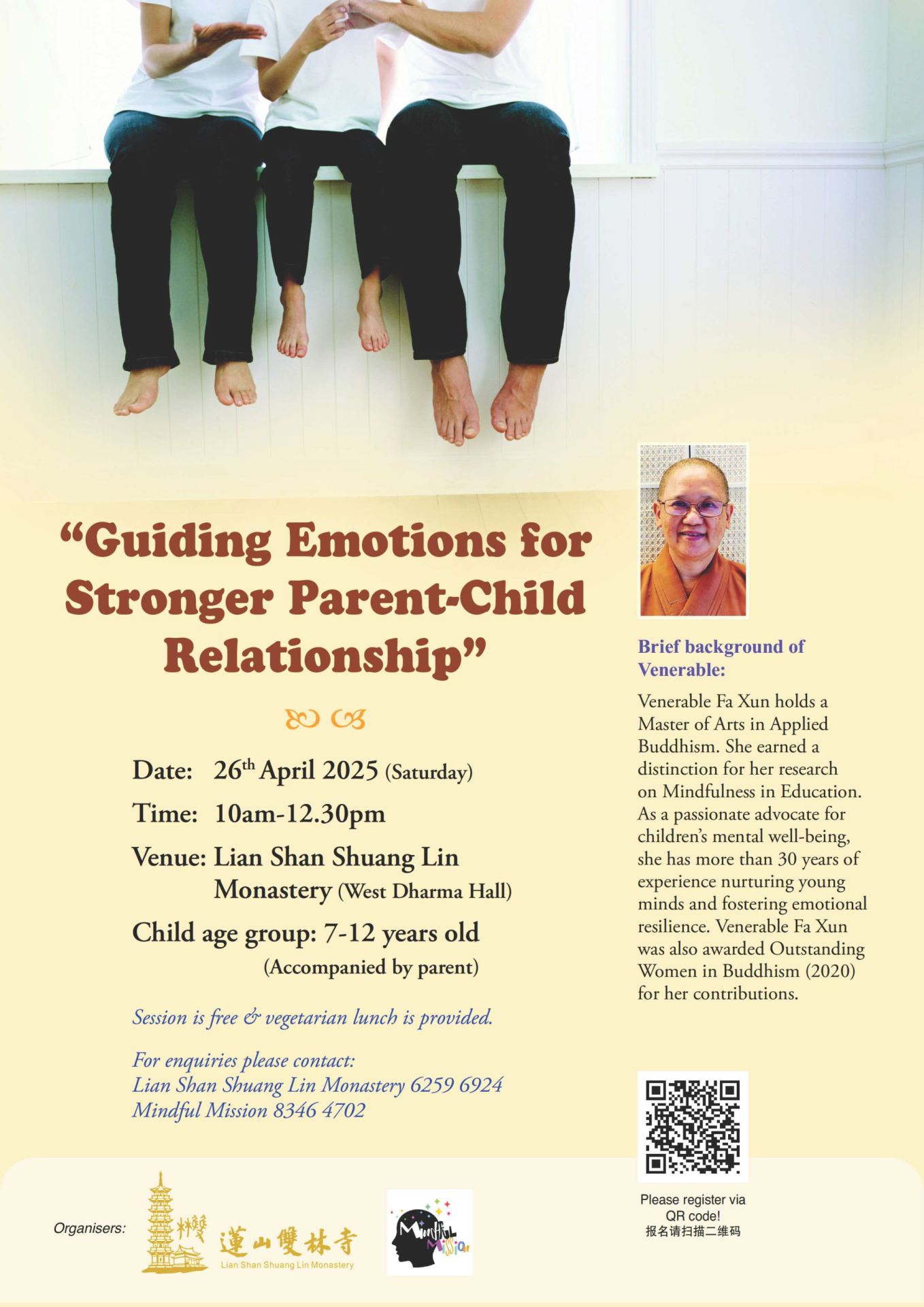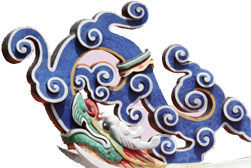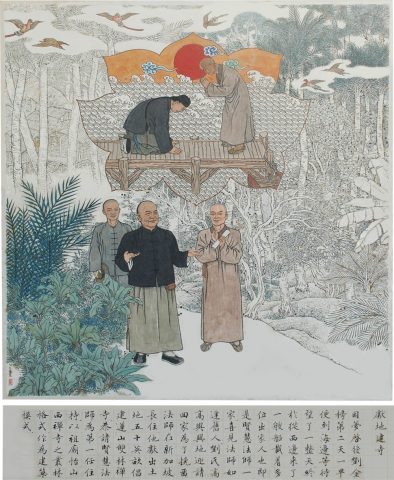
image description
Early the next morning, Low hurried off to the port to wait for the appearance of this special visit. After a whole day of waiting, a ship finally approached from the west with Master Xian Hui and his family on board. Low was so thrilled that he invited Master over to his house for a vegetarian meal. Afterwards, he offered to donate fifty acres of land for the construction of Lian Shan Shuang Lin Monastery, hoping they can stay in Singapore with Master Xian Hui as the founding abbot of the new monastery. Master agreed and started to construct the buildings based on the Conglin architectural layout from Yí Shān Xī Chán monastery in China.


